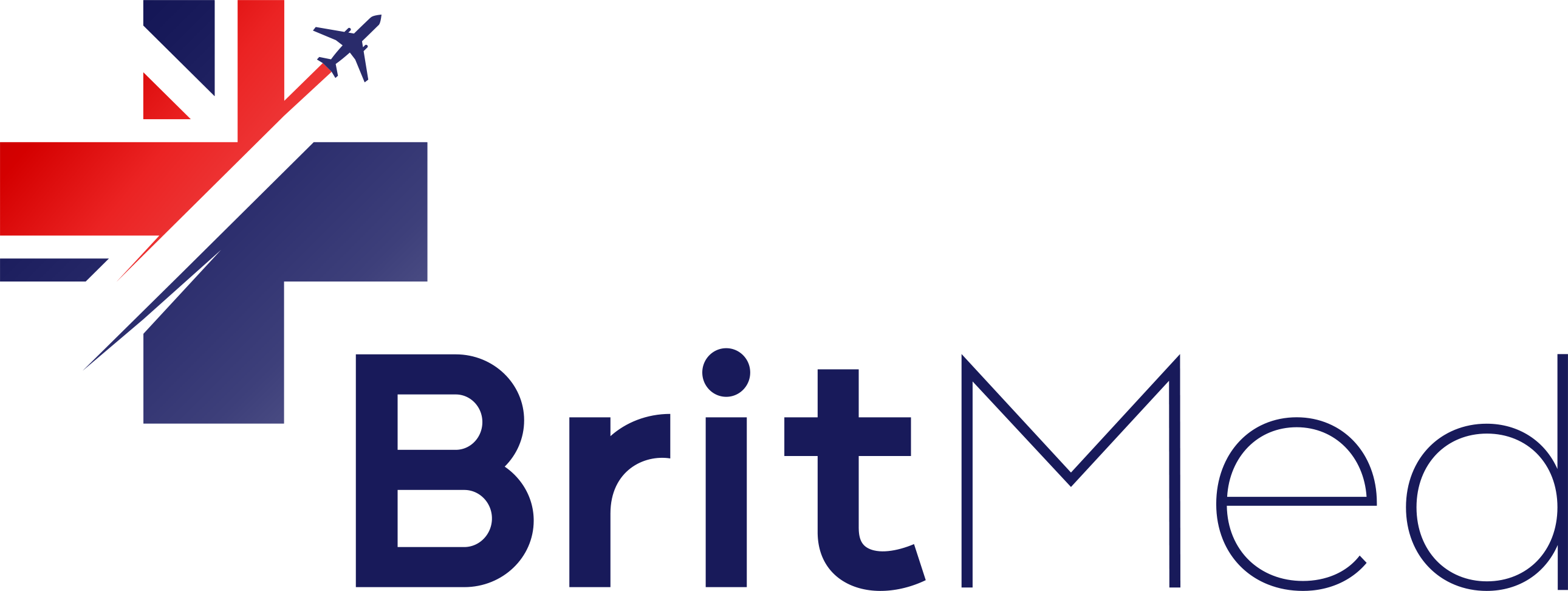Digital Transformation in Healthcare Tourism

Digital transformation within the healthcare industry is being termed by many as the fourth industrial revolution. Undoubtedly the Covid-19 pandemic globally accelerated the adoption of many digital tools into clinical pathways by public and private healthcare providers, but this transformation has been underway for several years.
The Internet of Things and the proliferation of IoT wearable devices is widely considered to be responsible for growth in the ambitions of digital transformation within the health sector. Historically, as with all industrial sectors, health organisations (both state and private) have grown organically, but also through acquisition, resulting in hospitals and clinics with disparate and disconnected information technology systems. Interoperability has been the primary challenge and barrier to improvement for healthcare institutions. Clunky processes supported by even clunkier technology. It is a paradox that building with sophisticated technology to keep people with the most complex health conditions alive still struggle to interface their imaging systems with Electronic Health Records (EHRs). Perhaps the technology that underpins that service delivery has not previously been seen as a priority?
Post-pandemic, the sector has started to connect the dots. Spending money on efficient systems that create interoperability can also benefit patients. Covid-19 brought remote monitoring into the cross-fire of governments. How does a nation monitor the spread of a disease or a pandemic across its population before the impact of said pandemic becomes unmanageable or before the whole system is overwhelmed by the pandemic? How does a nation continue to provide care and monitor other clinical pathways during a pandemic? It has been said that there will be more cancer related deaths than Covid-19 deaths as a result of late diagnosis and cancer patients being unable to receive the treatment they require.
The catalyst to answer these complex questions perhaps lies in data and machine learning. Remote monitoring and IoT wearable devices underpinned by Artificial Intelligence, machine learning and robotic process automation provide a new clinical toolkit that can be made available to clinicians. Imagine a world where your knee or hip disorder can be monitored remotely. A system that automatically triages your care and treatment based on the prioritisation of need and care. A system that links all aspects of care to ensure that not only your EHR but your latest movement data and other biometric information are consolidated, analysed and presented to your surgeon or physiotherapist without you needing to leave your home. Imagine a world where you can input into your care because a system asks you to input data to manage your care? Imagine Amazon’s Alexa asking the question: ”Have you just had a fall? I noticed a rapid acceleration in your movement and your gait and speed has slowed down since that event.”
This is not science fiction. HexTransforma Healthcare has developed a suite of remote monitoring products that support care for MusculoSkeletal Disorders and Types I and II Diabetes. The HexOrthopaed AI platform receives data from a series of body and shoe-worn sensors and analyses the data for changes in the patient’s gait, movement and body temperature. The platform triages the data and puts the patient in a treatment queue. It even monitors patients post-operatively for complications and infections, alerting the clinicians to the earliest markers of infection or post-operative complication.
Clinicians can monitor patients using the HexAnalytix desktop and mobile application which allows them to dissect data and deep-dive into a specific period of time, such as the identified fall. The HexDiagnostix application is where the AI truly comes into its own. By analysing the data of thousands of patients with the same disorder as the wearer of the Hex sensors, it will identify the very earliest markers of a problem. Gait analysis is so sophisticated that it can be used to monitor conditions as varied as MSK disorders, dementia, Parkinson’s and even autism. One of the primary concerns for both clinicians and healthcare tourists has been responsibility and management of the continuum of care. How does your surgeon in Turkey know that you are experiencing a complication when you have returned to your cosy flat in Stockholm? Do you have the treatment information at hand? Can your Turkish doctor even speak Swedish? With the introduction of IoT wearable devices, many of these risks are mitigated. This does not mean that healthcare tourism will be without risk in the future, it simply means that both patients and clinicians are in a far better position to monitor the care being delivered to a patient.
These technologies will obviously create efficiencies within the health sector. They will undoubtedly save lives in the future, but perhaps the most under-celebrated benefit is that they will have a huge benefit for our planet. With patients not having to attend numerous clinical appointments in a treatment pathway because their health is being remotely monitored 24/7, we will dramatically reduce the number of individual car journeys to hospital appointments, thereby also reducing the healthcare related carbon footprint.
